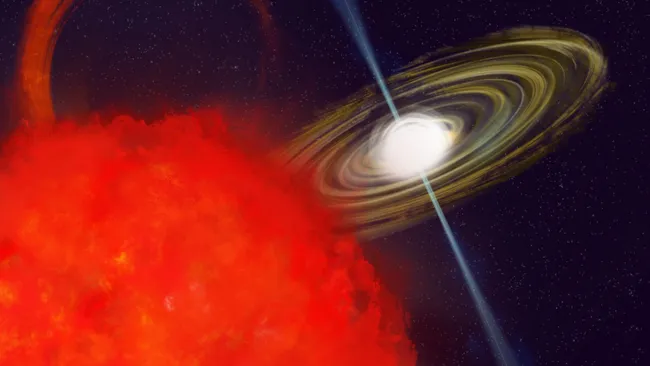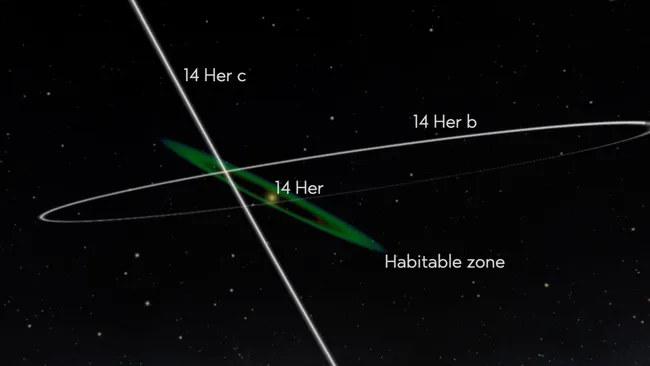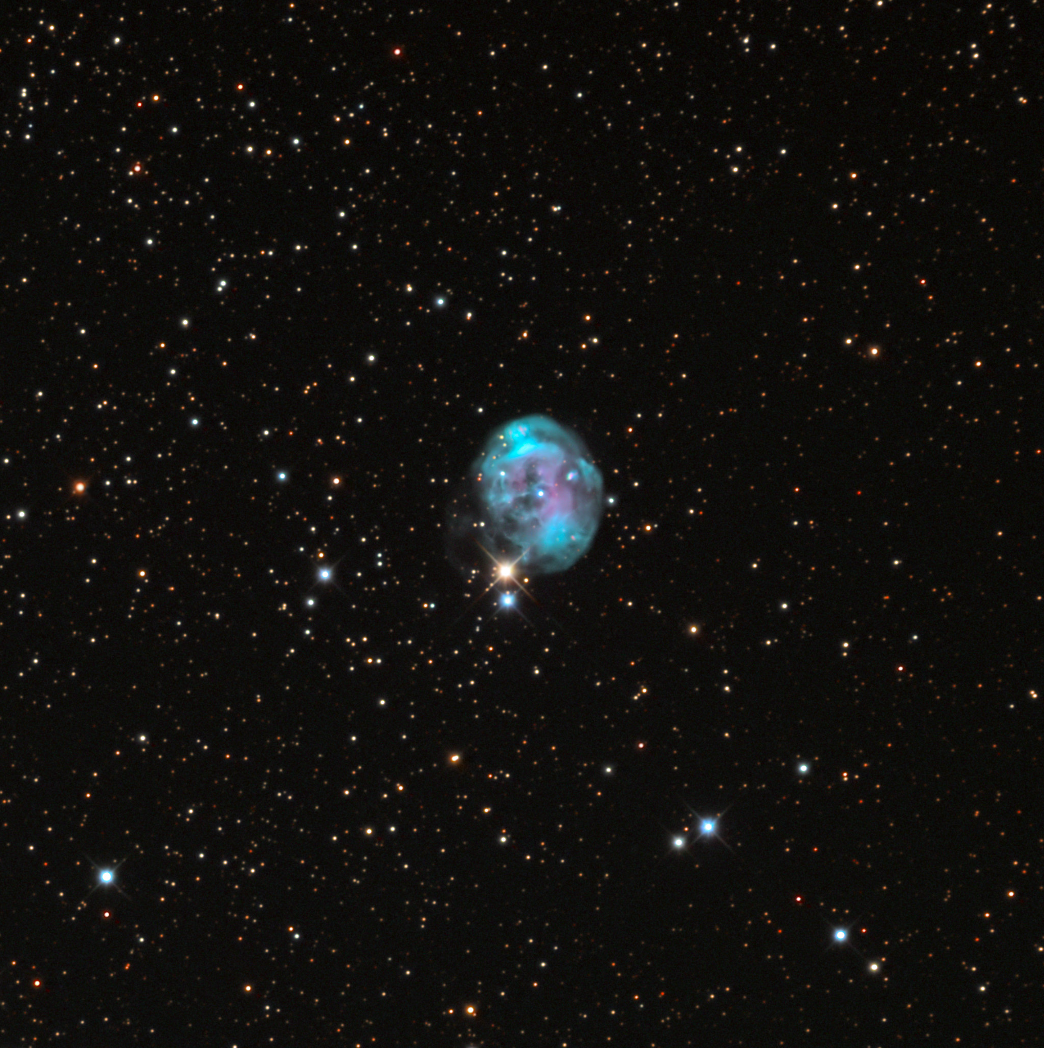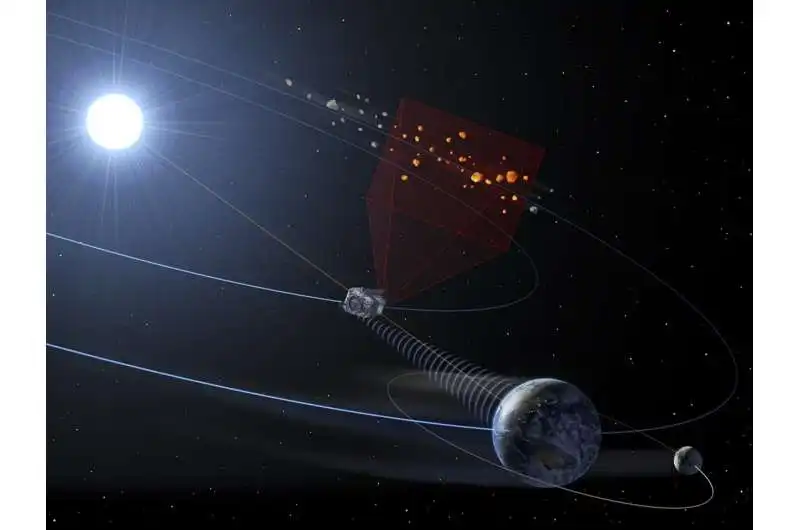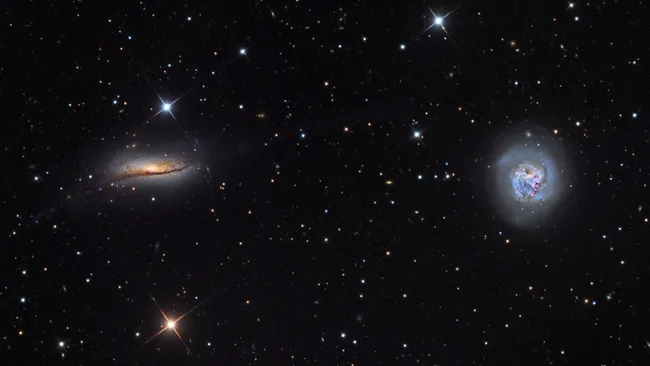In a major leap for cosmic cartography, astronomers have uncovered 15 new Giant Radio Galaxies (GRGs) within the Sculptor Field, thanks to Australia’s Square Kilometer Array Pathfinder (ASKAP) telescope. These GRGs are now confirmed as some of the largest single structures in the universe, dwarfing even entire galaxy clusters.
The newly discovered galaxies span between 3.7 million and 12.4 million light-years across—for comparison, our Milky Way is a modest 105,700 light-years wide. The most enormous find, ASKAP J0107–2347, could fit the Milky Way inside its span over 117 times.
Located about 1.5 billion light-years away, ASKAP J0107–2347 stands out not just for its size, but for its double radio lobes—an inner bright pair and an outer faint, stretched pair. This structure hints at multiple episodes of black hole activity, suggesting the galaxy’s central supermassive black hole may have gone dormant and then reawakened, restarting jet emissions.
“Giant Radio Galaxies are the biggest single objects in the universe,” said Baerbel Silvia Koribalski, lead researcher from Western Sydney University. “We wanted to find out how they grow sooooo big.”
These massive structures originate from elliptical galaxies housing supermassive black holes. When active, the black holes fire out jets of material at nearly light-speed, creating radio lobes that stretch for millions of light-years. Inactive periods cause the lobes to fade—until something, like a galactic merger, reactivates them.
The key to this discovery lies in ASKAP’s unique capability. Equipped with Phased Array Feeds, it can scan 30 square degrees of sky per shot, compared to just one for older systems. This wide field of view, coupled with deep imaging and high resolution, allowed Koribalski’s team to not only detect the GRGs but analyze their structure, age, and morphology in unprecedented detail.
Centered around the nearby starburst NGC 253 (Sculptor Galaxy), the ASKAP observations produced the deepest field yet. It revealed that many GRGs not only possess large angular sizes but also contain archaeological clues—faint, old radio lobes hinting at previous cycles of black hole activity.
“Unless something impedes the lobe expansion, they keep growing, fading, and even reigniting,” said Koribalski. “We’re starting to piece together the timescales of these AGN cycles.”
Interestingly, galaxy cluster dynamics—so-called ‘cluster weather’— can interrupt or reshape these jets, leading to bizarre morphologies like wide-angle tails, jellyfish features, or corkscrew patterns.
Thanks to ASKAP’s sensitivity, these formerly invisible relics can now be charted. And this is likely just the beginning.
“ASKAP will massively increase the number of Giant Radio Galaxies near and far,” Koribalski noted. “Even rare objects now have a shot at discovery.”
The team’s findings are currently available as a preprint on arXiv, marking another step toward understanding how the largest structures in the universe came to be.


